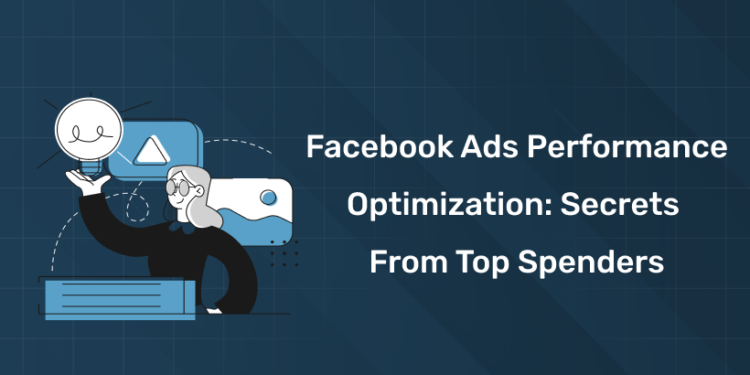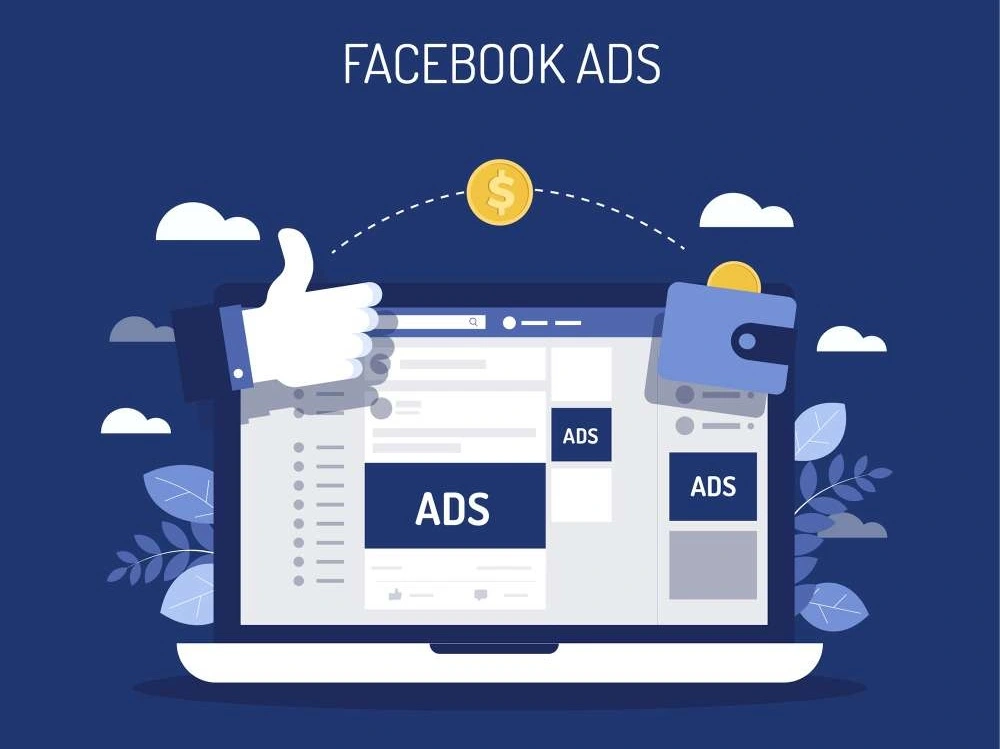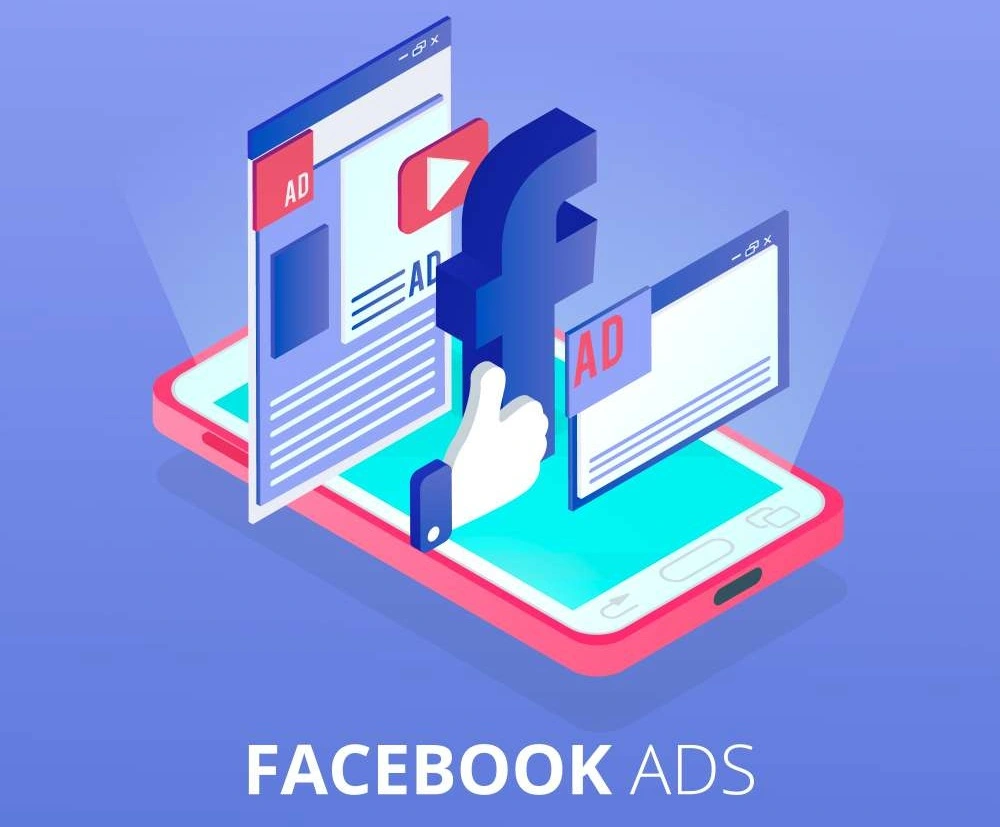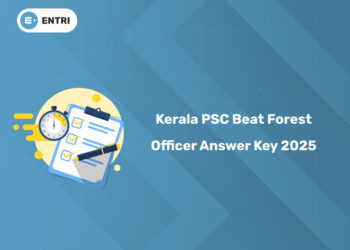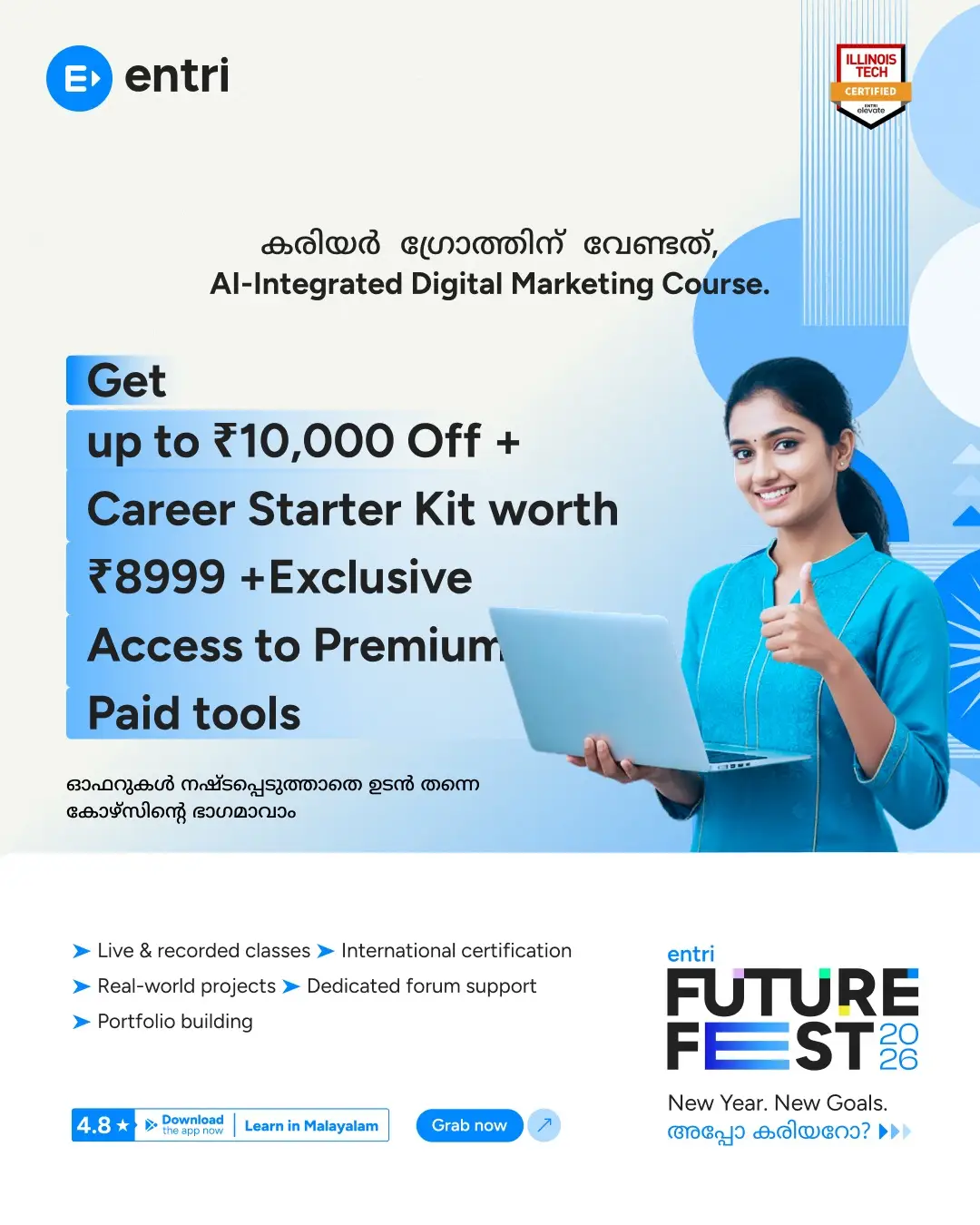Table of Contents
Key Takeaways:
- See what top Facebook advertisers are doing to get the highest ROI.
- Learn how testing, segmentation, and ad placement impact performance.
- How data-driven optimisation helps scale campaigns.
- Advanced tools and metrics for better budgeting and lower CPA.
Introduction
Facebook is no longer just a social media platform; it’s one of the biggest advertising ecosystems in the world. Whether you’re a small business owner, content creator, or digital marketer, Facebook Ads can change your life. But here’s the thing: most advertisers struggle to make their campaigns profitable.
Beginners boost posts and select random interests, but top spenders, those who manage millions in ad budgets, approach Facebook advertising differently. They treat it like a data science experiment, not a game of guesswork. Every click, every impression, every conversion is measured, tested, and refined.
This article reveals the Facebook Ads performance secrets of high-performing advertisers. If you want to scale your campaigns, these tips will make you rethink your entire Facebook Ads strategy.
Join Our Online Digital Marketing Course & Learn the Fundamentals!
The Evolution of Facebook Advertising
A decade ago, Facebook Ads were simple: choose an audience, write a caption, add an image, and hope for clicks. But as the platform matured, competition skyrocketed, and the algorithm became smarter. Today, Facebook (or Meta) Ads are powered by artificial intelligence, automation, and real-time machine learning.
Advertisers now need a blend of creativity, psychology, and analytics to succeed. The shift from random boosting to structured campaigns marks the difference between average and expert marketers.
Top spenders understand that Facebook’s algorithm rewards precision. The more accurate your audience, ad copy, and creative alignment are, the better your cost per acquisition (CPA) and return on ad spend (ROAS).
Understanding the Facebook Ads Funnel
Before diving into optimisation, it’s crucial to understand the Facebook Ads Funnel. Successful marketers use a structured funnel strategy to guide prospects from awareness to purchase.
- Awareness Stage – Broad targeting to introduce your brand or product.
- Consideration Stage – Educate and nurture users through engagement, lead magnets, or videos.
- Conversion Stage – Target warm audiences and encourage them to take action (buy, sign up, book).
- Retention Stage – Retarget and re-engage existing customers to build loyalty and repeat sales.
Top spenders never treat all users the same. Each stage has its own creative strategy, budget distribution, and conversion goals.
Secret 1: Data-Driven Audience Targeting
One of the biggest mistakes beginners make is assuming they know their target audience. Experienced advertisers know that data reveals the truth.
Instead of relying solely on demographics, top spenders use:
- Lookalike Audiences based on high-value customers.
- Custom Audiences from website visitors, email lists, or app users.
- Engagement Audiences from people who interacted with past ads or videos.
They also refine targeting by excluding irrelevant users. For example, excluding people who have already purchased helps avoid wasted impressions.
Pro Tip: Use Facebook Audience Insights and Meta Business Suite to identify age, gender, and location trends.
Secret 2: Creative Testing is Everything
Facebook’s algorithm loves creative diversity. Top advertisers constantly test new ad creatives to prevent fatigue and identify what resonates with their audience.
Elements they test regularly:
- Images and Videos – Vertical vs. horizontal, user-generated vs. professional
- Ad Copy – Emotional storytelling vs. direct response.
- Call to Action (CTA) – “Shop Now” vs. “Learn More.”
- Headlines – Clear value-based messages vs. curiosity-driven lines.
Instead of running one perfect ad, top spenders run multiple variations and let data decide the winner.
Pro Tip: Keep a creative testing budget, typically 10–20% of your total ad spend, to constantly refresh your campaigns.
Secret 3: Conversion Tracking and Pixel Setup
Facebook’s Pixel is the backbone of ad optimisation. It tracks user actions and helps Facebook’s algorithm learn who is most likely to convert.
Top advertisers always ensure:
- Pixel is properly installed on every landing page.
- Standard and custom events (like Add to Cart, Purchase, Lead) are set up.
- Server-side tracking is enabled to avoid data loss due to iOS privacy changes.
Without accurate tracking, your data is incomplete, making it impossible to scale efficiently.
Pro Tip: Use tools like Google Tag Manager or Meta Conversions API for advanced tracking setup.
Secret 4: Optimising Ad Delivery
The success of Facebook Ads often lies in how the ad is delivered, not just what it says. Top spenders optimise delivery based on campaign objectives.
Key strategies include:
- Campaign Budget Optimization (CBO): Allow Facebook to distribute budget automatically to top-performing ad sets.
- Automatic Placements: Let Facebook test delivery across platforms (Instagram, Messenger, Audience Network).
- A/B Testing: Run split tests to compare headlines, audiences, or placements.
Instead of micromanaging every variable, successful advertisers allow Facebook’s AI to learn, adapt, and optimise results.
Secret 5: Crafting Compelling Ad Copy
Top-performing ads tell stories that connect emotionally while staying clear and persuasive.
Here’s what works best:
- Focus on pain points and solutions rather than product features.
- Add social proof through testimonials or reviews.
- Use scarcity and urgency (limited-time offers).
- Speak in the customer’s language, not technical jargon.
Example:
Instead of saying “Buy our skincare product with Vitamin C”, say “Say goodbye to dull skin and get your glow back in just 7 days.”
Pro Tip: Write copy that speaks directly to one person, not everyone.
Secret 6: Leveraging Retargeting Campaigns
Top spenders know that retargeting is where profits are made.
Most conversions don’t happen on the first ad impression. Retargeting keeps your brand visible until the customer is ready to buy.
Types of retargeting audiences:
- People who visited your website but didn’t purchase.
- Users who watched 50–75% of your videos.
- Abandoned cart users.
- Past customers for upselling or cross-selling.
Pro Tip: Use dynamic product ads (DPAs) to automatically show users the products they viewed or added to their cart.
Secret 7: Scaling the Right Way
Scaling isn’t about doubling budgets overnight. It’s a strategic process of gradual growth while maintaining profitability.
Top spenders use two main scaling techniques:
- Vertical Scaling: Gradually increasing the budget on winning campaigns by 10–20% every 48 hours.
- Horizontal Scaling: Creating multiple ad sets with the same successful creative but different audiences or placements.
Scaling too fast can reset the learning phase and hurt performance. The key is consistency and data analysis.
Secret 8: Measuring What Matters
The difference between an average marketer and a professional lies in the metrics they track.
Instead of focusing only on likes or clicks, top spenders track:
- CTR (Click-Through Rate) – Measures engagement.
- CPC (Cost Per Click) – Tracks ad cost efficiency.
- CPA (Cost Per Acquisition) – Evaluates campaign profitability.
- ROAS (Return on Ad Spend) – Determines overall performance.
They also use tools like Google Analytics, Meta Ads Manager, and Data Studio to monitor cross-channel results.
Secret 9: Budget Distribution Strategy
A well-planned budget distribution ensures sustained growth and reduced risk.
Example breakdown used by top spenders:
- 50% for high-performing campaigns.
- 20% for creative testing.
- 20% for retargeting.
- 10% for experimental strategies (new audiences, placements).
This balanced approach helps maintain stability while constantly testing for new growth opportunities.
Secret 10: Learning from Competitors
Top advertisers don’t reinvent the wheel; they study what’s already working.
Using tools like the Facebook Ad Library, they analyse competitors’ creatives, messaging styles, and engagement metrics.
By observing successful brands, they adapt proven strategies while maintaining originality.
Pro Tip: Never copy. Instead, identify what kind of storytelling or visuals your target audience responds to most.
Secret 11: Avoiding Common Facebook Ads Mistakes
Even top spenders make mistakes occasionally. But they learn and optimise quickly.
Here are mistakes to avoid:
- Ignoring mobile optimisation.
- Using the same creative for too long.
- Skipping the testing phase.
- Neglecting ad frequency (leading to ad fatigue).
- Not updating ad copy for seasonal trends.
Remember, Facebook Ads require constant evolution. What worked last quarter may not work next week.
The Role of AI in Facebook Ads Optimization
Artificial Intelligence plays a huge role in ad performance today. Facebook’s AI analyses trillions of data points daily, predicting which users are most likely to engage or convert.
Top marketers use AI-powered automation for:
- Smart audience segmentation.
- Predictive bidding.
- Automated creative testing.
- Dynamic content personalization.
As AI continues to improve, advertisers who adapt early will stay ahead of the competition.
Indian Digital Marketer Tips
1. Know Peak Hours in India
- Ads perform better when users are most active. For India, mornings and evenings are the best.
2. Run Campaigns around Festivals and Events
- Diwali, Holi, or E-commerce sale events perform better if optimized for timing and relevance.
3. Invest in Video Ads
- Short videos grab attention faster than images.
- Include captions, as many users browse without sound.
4. Run Local Language Ads
- Hindi, Tamil, or regional language ads perform better than English-only ads in specific regions.
5. Track Customer Journey
- See how users move from ad click to conversion.
- Use insights to optimize ad copy, creatives, and CTAs.
How Entri’s Digital Marketing Course Can Help
If you are passionate about mastering Facebook Ads and digital marketing, Entri’s AI-Powered Digital Marketing Course can help you build expertise from scratch.
You’ll learn:
- Ad campaign setup and structure.
- Facebook Pixel and conversion tracking.
- Creative testing strategies.
- AI tools for digital marketing.
- Real-time analytics and optimisation methods.
With hands-on projects and mentorship, Entri equips learners to become job-ready digital marketers who understand how to create profitable campaigns like top spenders.
Conclusion
Facebook Ads are one of the best marketing tools of our time, but success isn’t luck. It’s data, creativity, and continuous learning.
The best advertisers don’t follow trends; they know their audience, test obsessively, and use the insights to improve. If you apply these performance hacks from the big spenders, you’ll not only increase your ROAS but also build sustainable growth for your brand.
And if you want to take your skills to the next level, Entri’s Digital Marketing Course has got you covered.
Facebook Ads are one of the best marketing tools of our time, but success isn’t luck. It’s data, creativity, and continuous learning.
Frequently Asked Questions
What is Facebook Ads performance optimization?
Facebook Ads performance optimization is the process of improving campaign efficiency by testing ad creatives, refining targeting, and using data to increase conversions while lowering costs.
Why do my Facebook Ads have high impressions but low conversions?
This usually happens due to poor audience targeting, weak ad creatives, or a landing page that doesn’t match user intent. Improving your ad copy and alignment can boost conversions.
How can I reduce my Facebook Ads cost per result (CPR)?
You can lower CPR by improving your ad relevance score, refining audience targeting, testing multiple creatives, and using retargeting campaigns for warm audiences.
What is a good ROAS for Facebook Ads?
A good ROAS (Return on Ad Spend) varies by industry but generally ranges between 3x to 5x. Top spenders constantly monitor and adjust campaigns to maintain or improve this ratio.
How often should I change my Facebook Ads creative?
Most advertisers refresh their creatives every 2–4 weeks to avoid ad fatigue. Testing new designs, formats, and copy regularly helps maintain engagement.
What are the most important metrics to track in Facebook Ads?
Focus on CTR (Click-Through Rate), CPA (Cost Per Acquisition), ROAS (Return on Ad Spend), and Conversion Rate. These indicate how efficiently your ads perform.
How can I improve my Facebook Ads targeting?
Use lookalike audiences, retargeting, and layered interests. Analyze your best-performing customers and build audience segments around their behavior.
What are the benefits of using Facebook Pixel?
Facebook Pixel tracks user behavior, helping you retarget visitors, measure conversions, and optimize campaigns with data-driven insights.
Should I use automatic or manual bidding for Facebook Ads?
Beginners should start with automatic bidding. Once you gather enough data, experiment with manual bidding to control costs and improve performance.
How can Entri’s Digital Marketing Course help me master Facebook Ads?
Entri’s AI-powered Digital Marketing Course offers hands-on training in Facebook ad setup, optimization, analytics, and scaling strategies to help you become job-ready and achieve measurable results.


